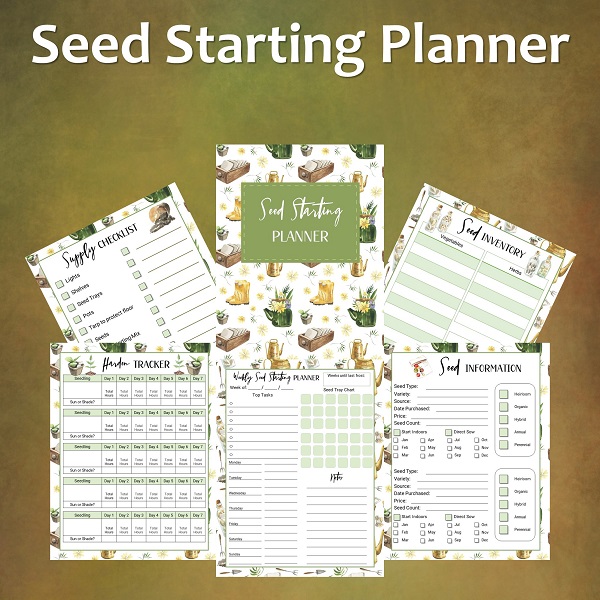 Every great endeavor starts with a well-constructed plan. Of course, you can start planting right away. However, great results can’t be expected if you garden without direction. Proper technique, knowledge, skill and planning are needed to achieve a fruitful vegetable garden. If you already started, there’s no worry. You can simply go back to the basics and restart from there.
Every great endeavor starts with a well-constructed plan. Of course, you can start planting right away. However, great results can’t be expected if you garden without direction. Proper technique, knowledge, skill and planning are needed to achieve a fruitful vegetable garden. If you already started, there’s no worry. You can simply go back to the basics and restart from there.
Multiple factors affect your vegetable gardens’ performance. Out of all, these three factors — vegetable type, available space, correct planting position — are the major ones. That’s why, to achieve maximum results, these three things should be of primary importance before starting.
1 – What to Plant
It is advised to start small at first. Most beginners get ahead of themselves and plant more than they can handle. As a result, they have a hard time maintaining the plants, sometimes even wasting them. New gardeners should have a small crop in the beginning and slowly pick up from there.
You should also be sensitive to the vegetables’ needs. Not all vegetables are the same. Each vegetable type has different requirements for growth. Some sprout better at a certain season. Meanwhile, some get better results if exposed to more sunlight. A simple internet search is needed to know this information.
Go to the nearest grocery store. Stroll through the vegetable section and find what you would like to plant. Once you have found prospective vegetables, visit a seed store and seek for advice on planting. If you have a friend who gardens, the better. He/she can guide you through this phase and might even give you some seeds.
2 – Space is Needed
Having the right spacing is beneficial to your vegetables’ growth. Crops and vegetables should not be planted too close to each other. If they are, they might fight over the nutrients of the soil — leaving one line malnourished and another healthy. For a more balanced harvest, be sure to plant them at a reasonable distance from each other.
If you have limited space, growing vegetables in containers can be done. Vegetables, like tomatoes, can sprout in small containers if well taken care of. Growing vegetables in hanging baskets is another option. There are many ways to solve ground space scarcity.
3 – Picking the Right Spot
After securing the right space, you need to learn where are the right spots. Every plant needs nutritious soil, a good amount of sun and adequate supply of water. For best results, you need to place vegetable plants in the right locations where they can access these.
Soil
Ideal soil is moist and traps in water. They contain rich minerals and house an ecosystem of beneficial organisms that help grow a nutritious vegetable. If you find your soil to be anything else than that, adding compost or organic matter should be your next action.
Sun
Pick a spot where your vegetables get at least six hours of sun a day. Observe a potential spot, see if it gets the suggested amount, and then plan your planting. Don’t plant the vegetables too close together if you located a small space.
Water
Water your vegetable garden once you see the soil getting dry. Make a concerted effort to keep it most, but not soggy. Watch your garden closely during hot weather as it will dry up more than usual. Like humans, vegetables need water, too. Don’t ignore them if they seem to get thirsty.



